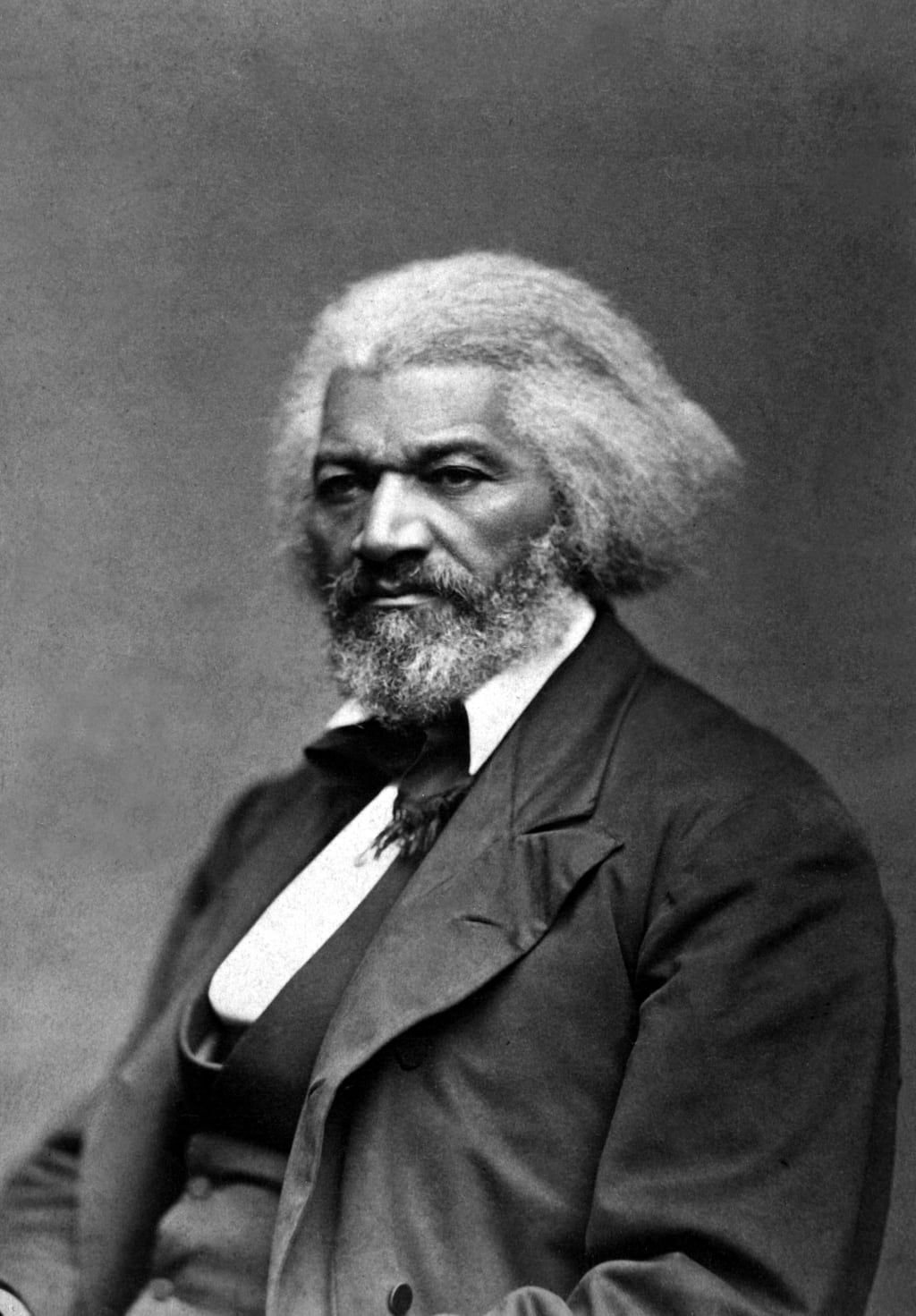Frederick Douglass
United States official and diplomat

Douglass was born enslaved as Frederick Augustus Washington Bailey on Holme Hill Farm in Talbot county, Maryland. Although the date of his birth was not recorded, Douglass estimated that he had been born in February 1818, and he later celebrated his birthday on February 14. (The best source for the events in Douglass’s life is Douglass himself in his oratory and writings, especially his three autobiographies, the details of which have been checked when possible and have largely been confirmed, though his biographers have contributed corrections and clarifications.) Douglass was owned by Capt. Aaron Anthony, who was the clerk and superintendent of overseHarriet Bailey worked as a field hand on a neighbouring plantation and had to walk more than 12 miles (about 19 km) to visit her son, whom she met with only a few times in his life. He described her as “tall and finely proportioned, of dark, glossy complexion, with regular features, and amongst the slaves was remarkably sedate and dignified.” She died when he was about seven years old. As an adult, Douglass learned that his mother had been the only Black person in what was then Talbot county who could read, an extraordinarily rare achievement for a field hand.
ers for Edward Lloyd V (also known as Colonel Lloyd), a wealthy landowner and slaveholder in eastern Maryland. Like many other enslaved children, Douglass was separated from his mother, Harriet Bailey, when he was very young. He spent his formative years with his maternal grandmother, Betsey Bailey, who had the responsibility of raising young enslaved children.
Harriet Bailey worked as a field hand on a neighbouring plantation and had to walk more than 12 miles (about 19 km) to visit her son, whom she met with only a few times in his life. He described her as “tall and finely proportioned, of dark, glossy complexion, with regular features, and amongst the slaves was remarkably sedate and dignified.” She died when he was about seven years old. As an adult, Douglass learned that his mother had been the only Black person in what was then Talbot county who could read, an extraordinarily rare achievement for a field hand.
When Douglass was age five or six, he was taken to live on Colonel Lloyd’s home plantation, Wye House. Lloyd’s plantation functioned like a small town. Young Douglass found himself among several other enslaved children competing for food and other comforts. In 1826 at approximately age eight, he was sent to live with Hugh and Sophia Auld at Fells Point, Baltimore. Hugh’s brother Capt. Thomas Auld was the son-in-law of Douglass’s owner, Aaron Anthony. Douglass’s responsibility in Baltimore was to care for Hugh and Sophia’s young son, Thomas. Sophia began teaching Douglass how to read, along with her son. The lessons ended abruptly, however, when Hugh discovered what had been going on and informed Sophia that literacy would “spoil” a slave. According to Douglass, Hugh stated that if a slave were given an inch, he would “take an ell [a unit of measure equal to about 45 inches].” In Maryland, as in many other slaveholding states, it was forbidden to teach enslaved people how to read and write. Douglass continued his learning in secret, by exchanging bread for lessons from the poor white boys he played with in the neighbourhood and by tracing the letters in Thomas’s old schoolbooks.
In March 1832 Douglass was sent from Baltimore to St. Michaels, on Maryland’s Eastern Shore. After both Aaron Anthony and his daughter Lucretia died, her husband, Capt. Thomas Auld, became Douglass’s owner. Teenage Douglass experienced harsher living conditions with Auld, who was known for his abusive practices.
In January 1833 Douglass was leased to local farmer Edward Covey. Leasing or hiring out enslaved persons was a common revenue-generating practice. Farmers would pay slaveholders a monthly fee for enslaved people and take responsibility for their care, food, and lodging. Covey was known as a “slave breaker,” someone who abused slaves physically and psychologically in order to make them more compliant. According to Douglass, Covey’s abuse led to a climactic confrontation six months into Douglass’s time with the farmer. One day Covey attacked Douglass, and Douglass fought back. The two men engaged in an epic two-hour-long physical struggle. Douglass ultimately won the fight, and Covey never attacked him again. Douglass emerged from the incident determined to protect himself from any physical assault from anyone in the future.
About the Creator
Enjoyed the story? Support the Creator.
Subscribe for free to receive all their stories in your feed. You could also pledge your support or give them a one-off tip, letting them know you appreciate their work.





Comments
There are no comments for this story
Be the first to respond and start the conversation.